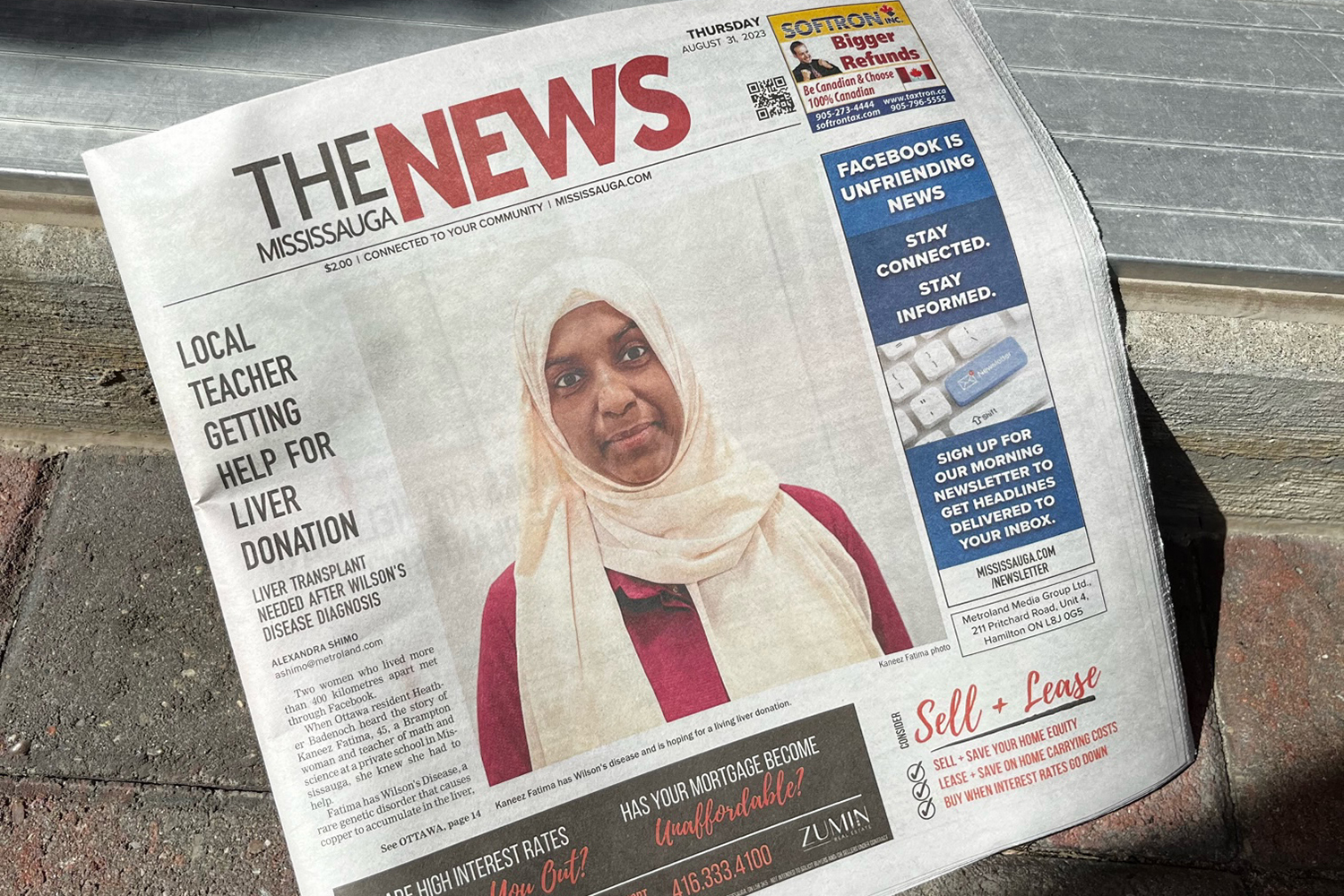Examine This Report on News Articles
Examine This Report on News Articles
Blog Article
News Articles for Dummies
Table of ContentsNews Articles Things To Know Before You BuyHow News Articles can Save You Time, Stress, and Money.What Does News Articles Do?News Articles for BeginnersThe Main Principles Of News Articles
Great understanding of different subjects gives students an one-upmanship over their peers. Although digital and social media are easily easily accessible, we ought to not neglect just how important it is to review the papers. Moms and dads should try and instill the habit of reviewing a newspaper as a day-to-day routine to continue the heritage of the revered print medium.Newspaper article also contain a minimum of among the following important characteristics about the designated target market: closeness, prestige, timeliness, human rate of interest, quirk, or repercussion. The relevant term journalese is sometimes made use of, normally pejoratively, to refer to news-style writing. An additional is headlinese. Newspapers usually stick to an expository writing design.
Within these restrictions, news tales likewise aim to be comprehensive. Amongst the larger and much more recognized papers, justness and balance is a major element in presenting details.
Newspapers with an international target market, for instance, tend to make use of a more official style of composing. The specific options made by a news outlet's editor or content board are often collected in a style overview; typical design guides include the and the United States News Design Book. The major goals of news writing can be summarized by the ABCs of journalism: accuracy, brevity, and clarity.
The 8-Second Trick For News Articles
As a regulation, reporters will certainly not utilize a lengthy word when a short one will do. Information authors try to stay clear of using the same word a lot more than once in a paragraph (sometimes called an "resemble" or "word mirror").
Headings sometimes omit the subject (e.g., "Jumps From Boat, Catches in Wheel") or verb (e.g., "Cat woman fortunate"). A subhead (also subhed, sub-headline, subheading, caption, deck or dek) can be either a subservient title under the major headline, or the heading of a subsection of the write-up. It is a heading that comes before the primary message, or a group of paragraphs of the major text.

Added signboards of any of these kinds may show up later in the write-up (especially on succeeding web pages) to entice further analysis. Such signboards are additionally utilized as tips to the article in other sections of the magazine or website, or as ads for the item in other publication or sites. Normal framework with title, lead paragraph (summary in strong), various other paragraphs (details) and get in touch with details.

Example of a hard-lead paragraph NASA is suggesting one more space project. The agency's budget demand, introduced today, consisted of a strategy to send another mission to the Moon. This time the firm intends to develop a long-lasting facility as a jumping-off place for other room journeys. The budget plan requests approximately $10 billion for the project.
The NASA statement came as the agency requested $10 billion of appropriations for the task. An "off-lead" is the second crucial front page information of the day. The off-lead shows up either in the top left corner, or straight below the lead on the right. To "hide the lead" click here for info is to begin the article with history info or information of second significance to the readers, compeling them to learn more deeply into an article than they need to have to in order to discover the crucial points.
More About News Articles
Usual usage is that a person or 2 sentences each form their own paragraph. Journalists usually define the organization or structure of a newspaper article as an inverted pyramid. The vital and most intriguing components of a story are put at the beginning, with sustaining information complying with in order of reducing significance.
It enables people to check out a subject to only the depth that their inquisitiveness takes them, and without the charge of details or nuances that they could think about unimportant, yet still making that details More Bonuses readily available to much more interested visitors. The inverted pyramid framework also allows write-ups to be cut to any approximate navigate to this site length during design, to suit the room readily available.
Some authors begin their stories with the "1-2-3 lead", yet there are several type of lead offered. This layout usually starts with a "Five Ws" opening paragraph (as described above), adhered to by an indirect quote that serves to sustain a major component of the first paragraph, and after that a straight quote to support the indirect quote. [] A twist can describe numerous points: The last story in the information program; a "happy" tale to end the program.
Longer articles, such as publication cover articles and the pieces that lead the inside sections of a paper, are known as. Attribute tales differ from straight information in a number of means.
Not known Incorrect Statements About News Articles
The journalist commonly information communications with meeting topics, making the item much more individual. A function's very first paragraphs often relate an interesting moment or occasion, as in an "anecdotal lead". From the particulars of an individual or episode, its sight promptly broadens to generalizations concerning the story's subject. The area that signifies what a function is about is called the or signboard.

The Editor's Tool kit: A Referral Overview for Beginners and Professionals (2001) Allan M. Siegal and William G. Connolly. The New York City Times Handbook of Design and Usage: The Authorities Style Guide Used by the Writers and Editors of the Globe's Many Authoritative Paper (2002) M. L. Stein, Susan Paterno, and R.
Report this page